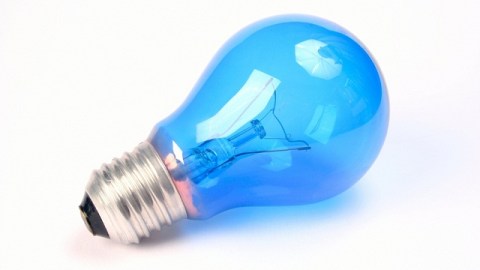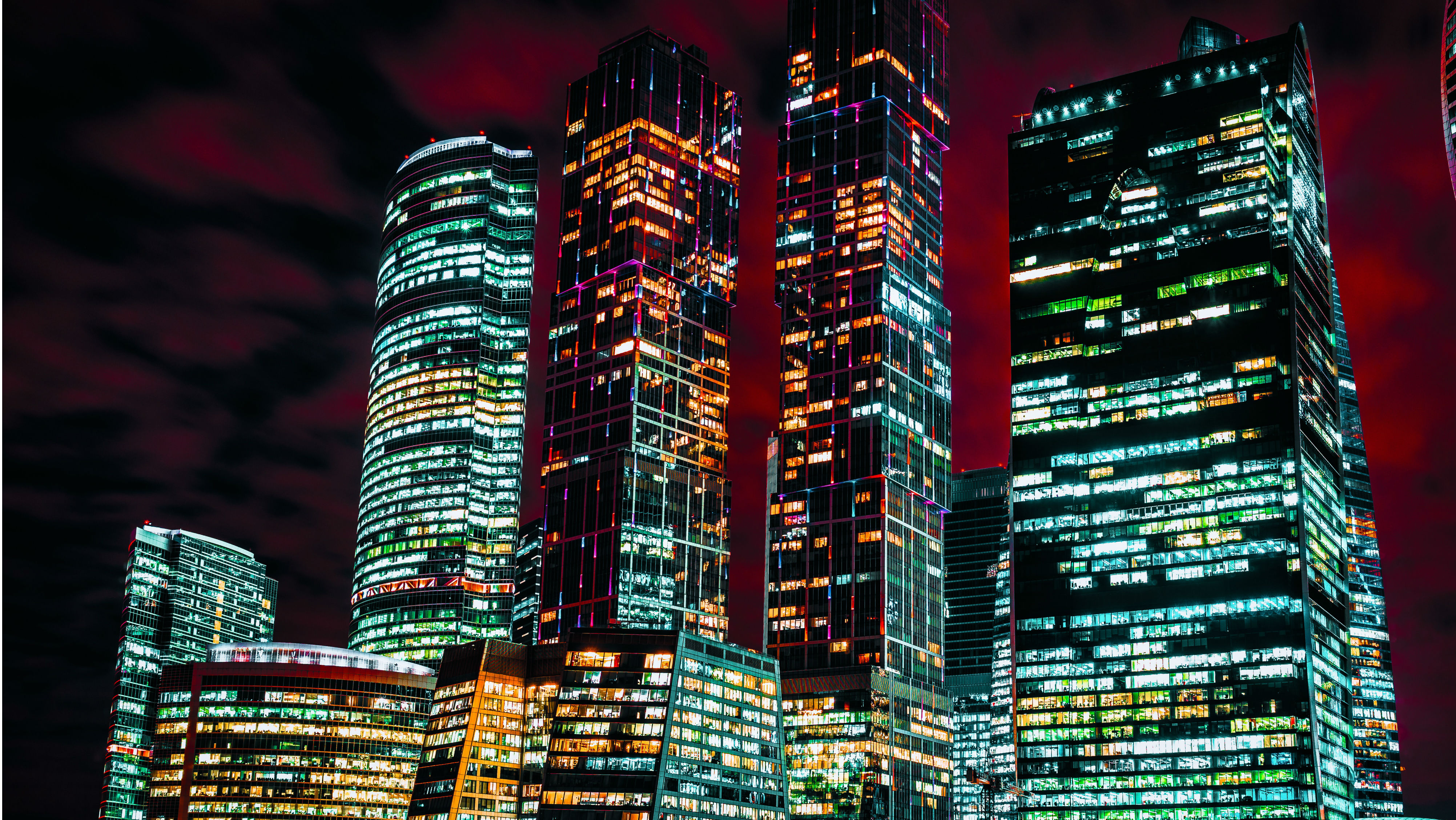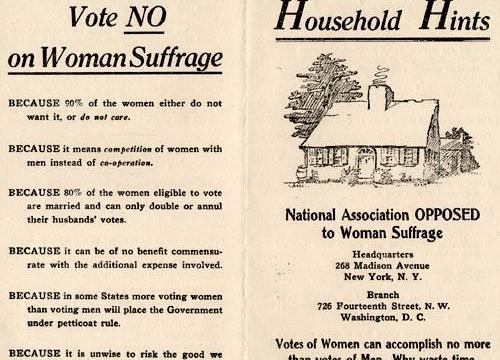Why Blue Light May Be As Good As Coffee When Driving

What’s the Latest Development?
Researchers at universities in France and Sweden conducted tests involving 48 male drivers who were asked to drive an experimental vehicle during early morning hours (1:00 – 5:15 am). Some were given caffeinated coffee, some were given decaffeinated coffee as a placebo, and some were exposed to continuous blue light emitted from an LED lamp installed on the car’s dashboard. The researchers then measured the number of times the drivers crossed over road boundaries. The results, which were published in PLoS One, revealed that “on average, the line was accidentally crossed 15 times by the drivers exposed to blue light, 13 times by those who had had coffee and 26 times by those who had had the placebo.”
What’s the Big Idea?
It’s long been known by scientists that blue light increases alertness by stimulating special cells on the retina, which in turn reduces melatonin secretions. However, until now no tests had been done involving complex tasks like driving. So long as the blue light doesn’t distract — eight of the 48 subjects could not participate because of the light — it appears to be about as good as coffee for keeping drivers alert, and could possibly be installed in future vehicles as an anti-sleepiness device. The team is now repeating the test on a wider variety of subjects.
Photo Credit: Shutterstock.com





